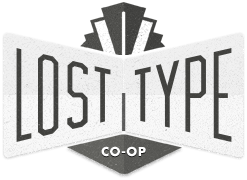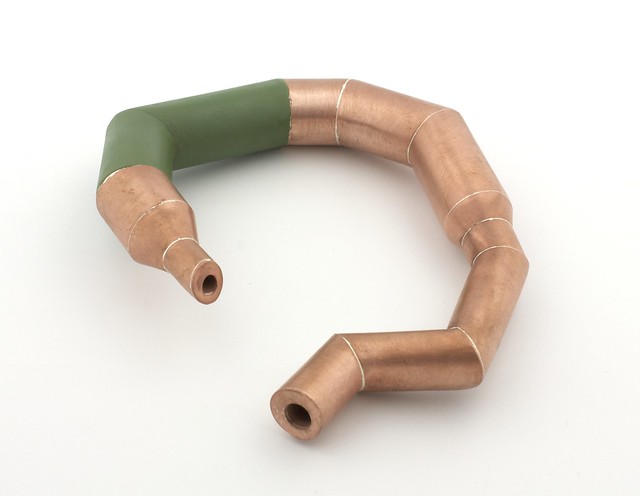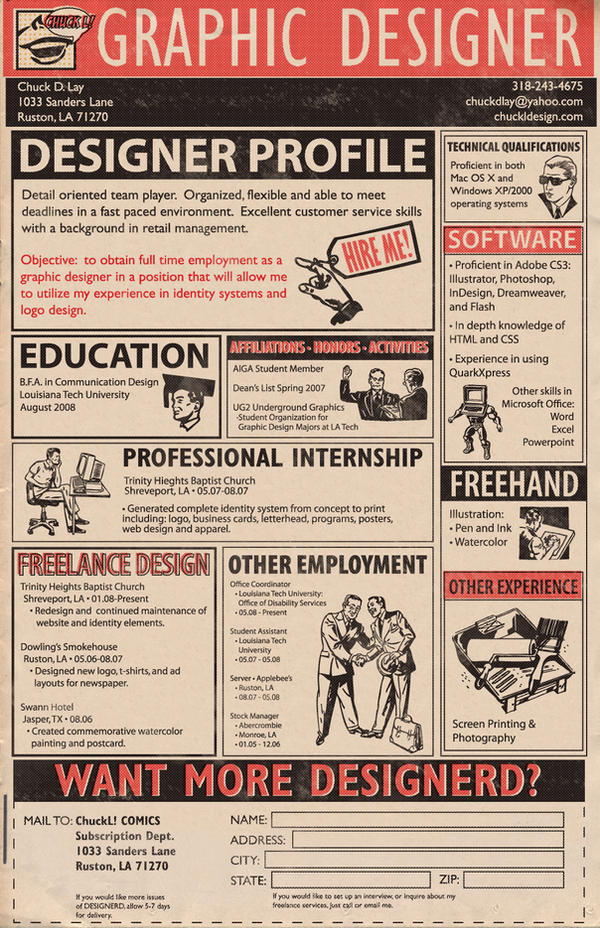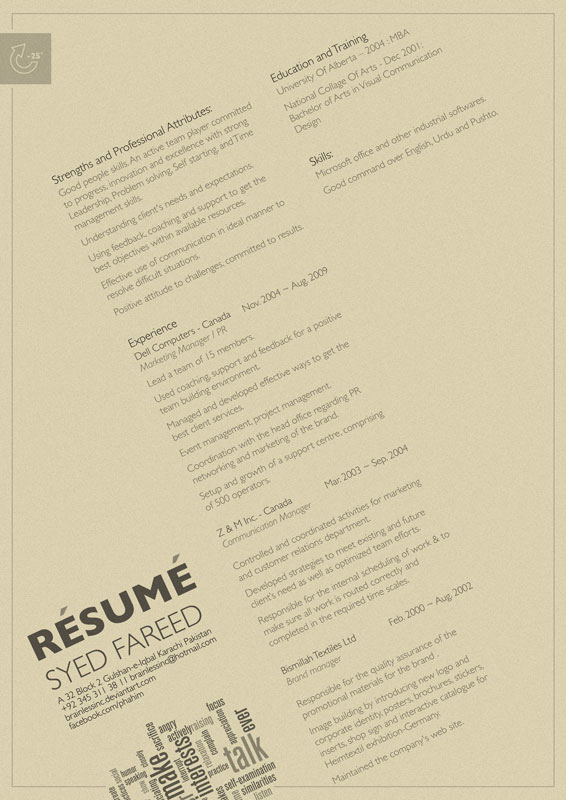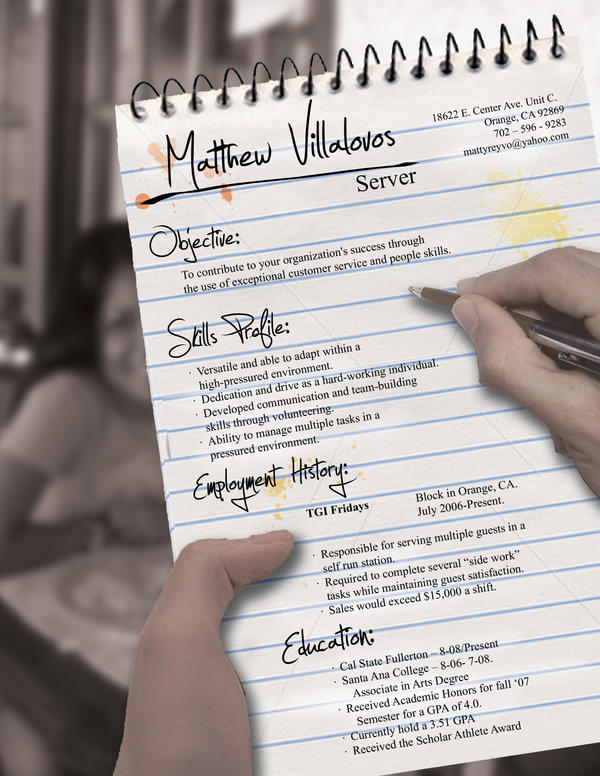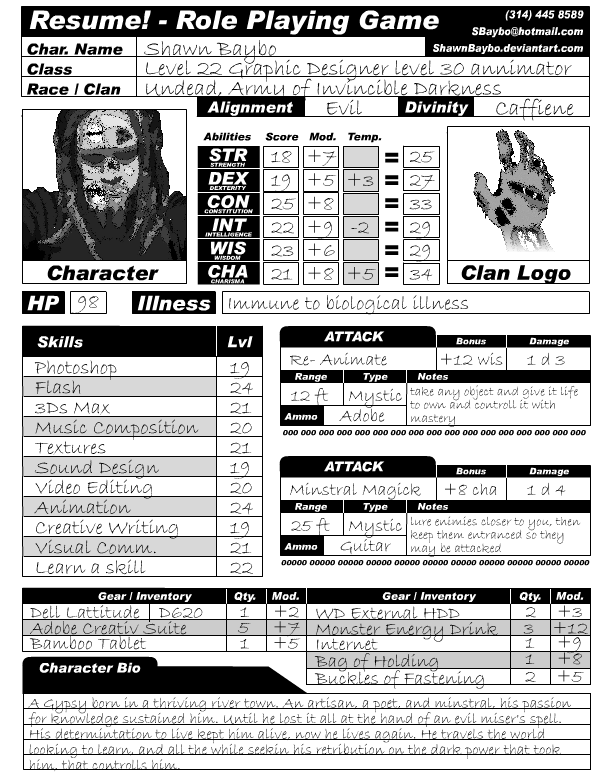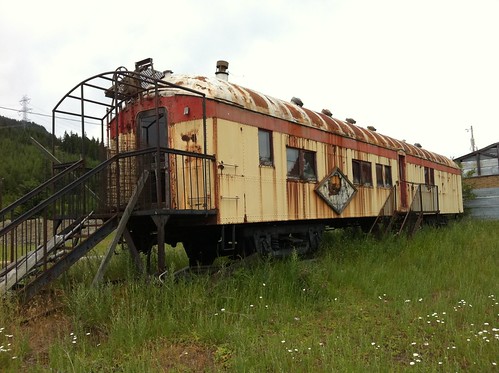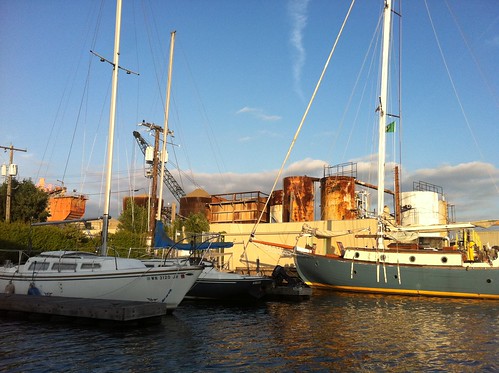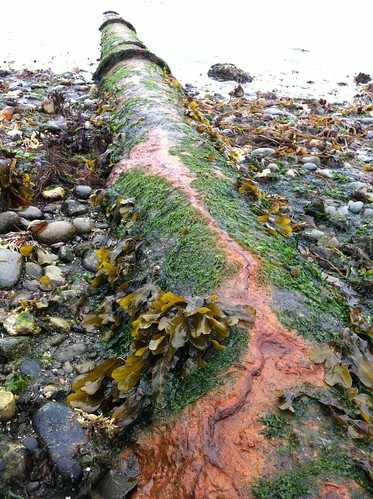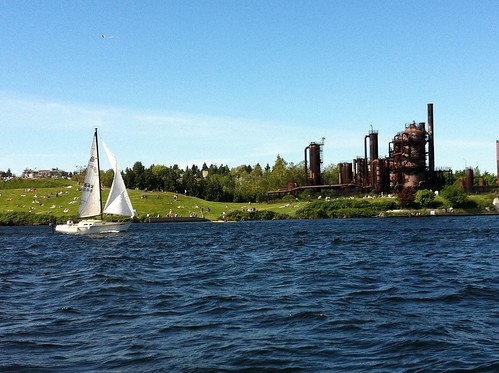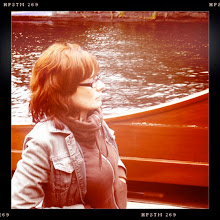2011
In the last two semesters I have been exploring systems, both man-made and within the human body. I am interested in the similarities between architecture and the body and the interaction between the two. Buildings become an extension of us. They are also symbols of our fragility. We need them for protection; at the same time their increasing size stands as a signifier of human capabilities. Buildings are also the legacy of the architects who created them – a way of affecting the future beyond the limitations of the architect’s lifetime.There is also the record of the passage of time visible in the built environment through deterioration, repairs and additions to structures. These repairs and additions are usually not considered as the architect would have, but instead are in response to other’s current needs and limitations, and often create a disconnect between the original structure and the band-aid solution. However, these changes to the structures act as markers of time and the generations that tended to the building.
Here are some of the pieces that I created this year:
Posted by
Labels:
Aran Galligan
at
8:44 AM
Creative Resume Design
I'm in the process of redesigning my resume, so I've been looking around online at lots of them. Here are a few that I thought were fun, albeit maybe a bit over-designed. I've also noticed a few trends in the quirky design resumes: the messy desk scene, the charts and graphs, the old timey style, and the rotate the info so it's skewed style.
But, this one is probably my favorite.
Posted by
Labels:
Aran Galligan
at
9:47 PM
New Haven
Dan and I are taking a little road trip up to Vermont to visit my aunt and uncle with a one day detour up to Montreal.Last night we stayed in New Haven, CT and ate at Sally's Apizza. I consider myself to be a bit of a pizza connoisseur, and this was defiantly a delicious pizza. Like any good college student, I could survive on coffee, beer and pizza alone.
The picture of the copper wall is taken from our hotel room window.
Posted by
Labels:
Improv Everywhere
If you aren't familiar with Improv Everywhere, they are "a New York City-based prank collective that causes scenes of chaos and joy in public places." They have done a number of fantastic happenings in New York and organized ones internationally. You've probably seen the commercial that is a spoof on their Frozen Grand Central.
This one is fantastic
And, my favorite moment in this one, is the guy standing in the water with an umbrella.
Persen: Place & Things
This semester we had the unique opportunity to create work and have a one-day exhibition, called Persen: Place & Things, at the Matthewis Persen House in Kingston. The Persen house is a stone house that was built in phases from the 1660-1920's. The house has had many roles, from family home, to tavern, to government offices. Now it is a historic site that you can tour through.It is an amazing site. The building was built in five phases. It was added onto and added onto for 200 years, and now they are peeling back the layers exposing the history of the building. The entry room has cases that contain artifacts that were discovered on the site. If you are near Kingston, NY, it is defiantly worth touring the house. An experience that photographs can't replicate.
The work that I created was in response to a chalk line marked, on one of the walls in the room, indicating a level line. I thought this was interesting since I'm pretty sure that that line is the only level thing in the house. For the exhibition I created three hollow formed plumb bobs, and placed several new and vintage levels in the room.
There are more photos of the house and the exhibition on my Flickr and in our Flickr group. We are also compiling a catalog of the exhibition.
Below is a video of Ken Gray — Myra's husband and also the county archivist — talking about the exhibition.
Posted by
Labels:
Aran Galligan
at
7:47 PM
Life in Miniature
My life in the studio has take a miniature turn ever since we got our new Orion Welder (thanks Arthur).
 |
| Orion Pulse Arc Welder |
The Orion Welder is a pulse arc welder, which is basically a tiny tig welder that works in pulses. So, to weld a long seam, you have to do a series of spot welds. It is amazing for tack welding something together that you will then solder. Here is an example of some steel sheet that I welded together using this. The weld spots measure 1mm in diameter.
Also, yesterday I made this itty bitty carabiner. I'm thinking about using them as clasps for some necklaces that I've been working on.
Maybe one day I can get a job as a set fabricator for Laika, then I can work in miniature all the time.
Posted by
Labels:
Aran Galligan
at
11:29 AM
Posted by
Labels:
Aran Galligan
at
8:20 AM
Neglected
It's true, I've neglected this blog all summer while I was in Seattle. I was busy going on motorcycle rides, boat rides, building cardboard cars, checking out tide pools, having drinks while watching the sunset, and other Northwest activities. So, I thought I'd post some photos that I took this summer. You can see more of the photos I've taken this summer on my Flickr.Posted by
Labels:
Aran Galligan
at
5:45 PM
Value System - Detail
For my Metals seminar class we were to give a presentation on three artists who are working in similar ideas as our own and talk about the choices that they made to render those ideas. I began by defining what I value in jewelry which is: line, asymmetry, simplicity, detail, texture, color, experimentation, craftsmanship, unconventional beauty and evidence of the handmade. Over the next several weeks I will write about the studio metalsmiths and jewelers that I used as examples for my value system.Helen Carnac – Detail
Helen Carnac’s work corresponds with many of my values in her formal considerations, her inspiration from the world around her, and her thoughts on time and making.
Carnac is a member of a group called “Walking, Talking, Making”, and photos that she has taken when on walks inspire much of her work. Her work focuses on mark making on enameled steel bowls. Line is a key element in her pieces, so the photos that she takes are often about line and texture.
As part of the slow movement, Carnac recently curated a touring exhibition called Taking Time: Craft and the Slow Revolution, which is “looking at how things are made, where they are made and by whom.” This idea of the slow movement shows in her work. There is a sense of stillness that you get when looking at these bowls – the quite of the white enamel, the conservative use of marks and the evidence of time in the rust stains. Carnac says of her bowls that she “[allows] the steel substrate to oxidise naturally, creating new relationships with the enamel; a crossing point between control and chance.” This is an aspect of her work that I value – allowing that tension between control and chance to exist is a fine balance, and often giving up control is the hard part.
Posted by
Labels:
Good Ideas and Geeky Metals
There is this great video by Steve Johnson and RSA Animate about where good ideas come from. This RSA Animation is similar to his TED Talk, but shorter and with lovely dry erase animation that really illustrates the points for all us right brain thinkers.In this video, Johnson talks about how good ideas come from a collision of hunches – when your ideas meet someone else's, and you, "allow those hunches to come together and turn into something bigger than the sum of their parts." In his longer TED talk he says, "More often than not, [great ideas] are cobbled together from whatever parts happen to be near by. We take ideas from other people, from people we've learned from, from people we run into in the coffee shop, and we stich them together into new forms and create something new." Colleges are a great for this, because there is a group of people thinking through similar problems which creates a "collision of hunches." But what do you do when you are out of college and working alone in your own studio?
One solution to that problem was Geeky Metals. Geeky Metals is a crit group for metalsmiths in Seattle, WA. Started by Dixie Darling and Stephanie Tomczak in 2008, when they thought it would be great to be able to have critiques like they did in college. For the first year it was just the two of them, Trudee Hill, Sarah Loertscher and myself. The meetings were infrequent and sometimes no one would show up to them at all. But Dixie was persistent and the driving force behind it, and now there are at least 40 Seattle metalsmiths that are involved to some extent or another. We meet for regular crits and informal social events. These have been, great opportunities to bounce ideas off each other, get inspired, or as Johnson puts it, "engines of creativity."
Existing in a post-modernist mindset, we believe that we need to be constantly coming up with new and original ideas that we came to entirely on our own, but is this a falsehood? Are there new original ideas that stand on their own, or do good ideas, as Johnson suggest, come from crowds or networks and develop over time?
Posted by
Labels:
Contemporary Ceramics
Last Wednesday I attended a lecture by Marek Cecula on contemporary ceramics. It was a whirlwind survey of current ceramic work. He showed about 200 images in an hour and a half. Included were a few of his own pieces, like his Random Series cups, where the cups are slip cast porcelain and are all of the same shape, but each one is different in that there is a random 3 digit number printed on each.It would seem that his lecture was a review of the exhibition Object Factory, that he curated in 2009 for the Museum of Art and Design, which their website states is, "A groundbreaking exhibition documenting contemporary innovation in industrial ceramic production and the renaissance of ceramics in art and design today." The majority of the work that he showed was either re-purposed and altered ceramic pieces or slip cast porcelain. He seemed like a cheerleader for post-modernism (or is it post-post-modernism?). He was so excited by the variety of work being made right now, and by the intersection of old and new technology. He kept saying that, "You could do anything you want." It was very inspiring, and made me want to get back into doing ceramics.
Some of my favorite pieces were:
 |
Robert Dawson Willow Pattern with Uncertainty |
 |
| Khashayar Naimanan |
 |
| Emiko Oki Trophy Tableware |
 |
| Ami Drach and Dov Ganchrow +/- Hot Plate |
And these hot plates that have heat conductive patterns printed on them, and can be plugged into a 12v battery.
Posted by
Labels:
Pop-up books
This giant pop-up book and the interactive electronic pop-up book were created by Jie Qi, who is a Graduate Student of Media Arts and Sciences at the MIT Media Lab, in the High-Low Tech group.I was really drawn to her work because of my love of origami and paper crafts. Inside her giant book there are origami flowers that open and close as if they are breathing. It's interesting to see the function of a traditional art form reinvented with electronics.
She is also re-imagining the way that the pop-up book functions by adding the electrical components, but she kept with such a traditional cover and format for the book. I think that's a missed opportunity for her to really utilize or re-invision the book format. I'd love to see her collaborate with paper artists Andrea Dezsö or Beatrice Coron.
Posted by
Labels:
Repurposed
Today I presented the Repurposed project to my Into to Metals students. I thought I’d share a few of my favorites with you. Who is your favorite jeweler that is working with repurposed materials?This brooch is by Christiane Köhne and is made of artificial flowers and 18k gold.
One aspect of the project, that they will be doing, is considering surface treatment. I thought this group of rings by Marlene True was a great example. By using the same format for each ring she is riveting on tin that she has affected the surface in different ways.
A necklace by Thea Tolsma using a bicycle inner tube.
And this ring by Maria Cristina Belluci made of resin, silver and colored pencils.
Posted by
Labels:
Metal Mining
As I am gathering images for my Intro to Metals class’s next project – Repurposed, I am reminded of one of the reasons for having them do this project. One aspect is to raise the students’ awareness of the impact of metal and diamond mining. The students in my class are all non-art majors who may or may not continue to make jewelry after taking this class, but most of them will go on to be jewelry consumers. So, as I arrange my presentation for the next project, I am slipping in bits of information on the impact of metal and diamond mining, and encouraging them to buy jewelry with recycled metal and conflict-free diamonds. Hopefully in the future they will consider these things when buying jewelry or describing their ideal engagement ring to their future spouse.For my own work, I try to buy my metal from Hoover and Strong as much as possible since all of their metal is recycled. I also reconstitute old silverware and jewelry into sheet silver.
Here is some information on metal mining from Ethical Metalsmiths:
-Metal mining is the most toxic polluter in the United States. It is responsible for 96 percent of arsenic emissions and 76 percent of lead emissions.
-Each year in the United States, mines generate an amount of waste equivalent in weight to nearly nine times the trash produced by all its cities and towns combined.
A single gold ring leaves in its wake at least 20 tons of mine waste.
-Accidents throughout the world involving cyanide-laced mine wastes have caused fish kills, severe water pollution, and soil contamination.
-Large-scale mining operations often devastate local economies, cause illnesses, destroy streams and water supplies, and lead to human rights abuses.
-Metal mining employs only .09 percent of the global workforce but consumes as much as 10 percent of world energy.
-Approximately half the gold produced worldwide has or will come from indigenous peoples' lands.
NEA Budget Cuts
Right now Congress is meeting to discus budget cuts, and the proposal is calling for a $22.5 million cut in National Endowment for the Arts, as well as cuts to the National Endowment for the Humanities. There is also the possibility that the Republican Study Committee will call to completely eliminate the NEA. Please contact you Senators and Representatives immediately. Let them know that the NEA and the NEH are important to you. It only takes ten mins to let the government know that you care about the arts.These websites have tools that you can use to generate an email to your congress people:
Advocate for the Arts
National Humanities Alliance
Posted by
Labels:
The Awesome Foundation and Fab Lab
I heard about these organizations – The Awesome Foundation and the MIT Fab Lab – last week on WAMU's Metro Connection. The Awesome Foundation is a "worldwide network of people devoted to forwarding the interest of awesomeness in the universe." How it works is that a group of ten people come together and contribute $100 each a month. Each month by consensus they choose one applicant, who is planning something "awesome", and grant them $1,000. The Awesome Foundation does not claim any stake in the the grant winner's project and their are no strings attached to the grant. The foundation is geared mostly towards art and science projects that have a community outcome, but it's pretty open and anyone can apply for a grant.This episode of Metro Connection talked about the new DC chapter of The Awesome Foundation and their first grant that they gave to Phyllis Klein who is currently operating the mobile DC Fab Lab.
There is an interesting Ted Talk with MIT professor Neil Gershenfeld about the Fab Labs. He says that, "we are now in the PDP (Programmed Data Processor) era of digital fabrication." What he means is that PDP's were the transition from mainframe computers to the mini computer. When the technology started to transition from large organizations into the general public's hands and were popular amongst the early hacker culture.
More and more we are seeing a new group of makers. Mass production is being brought down to an individual scale. Within ten years we'll probably start seeing personal laser cutters in people's homes. It is interesting, because both of these organization are empowering ordinary people to be creators and makers. Trying to remove some of the boundaries that prevent people from realizing their ideas.
Posted by
Labels:
Subscribe to:
Posts (Atom)
